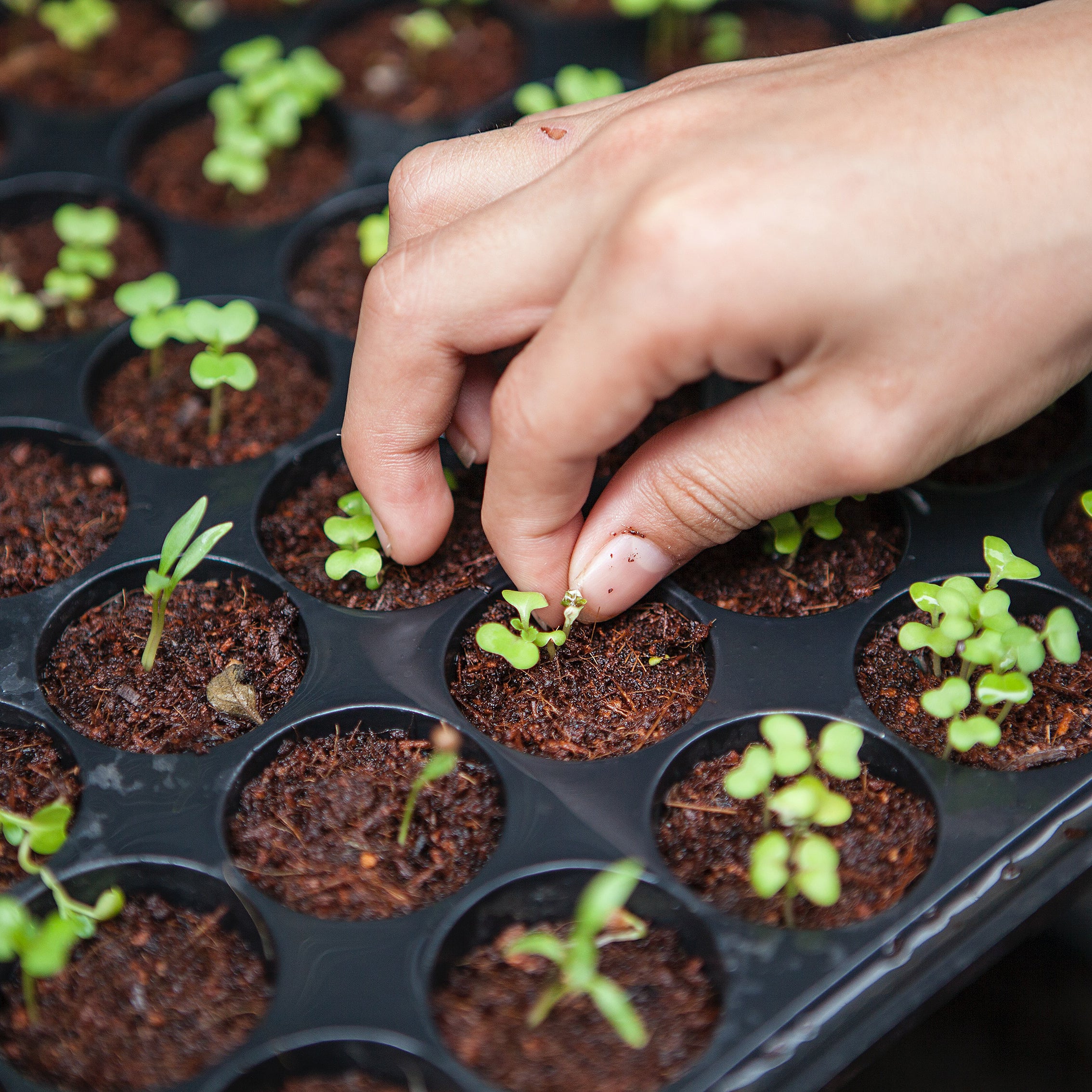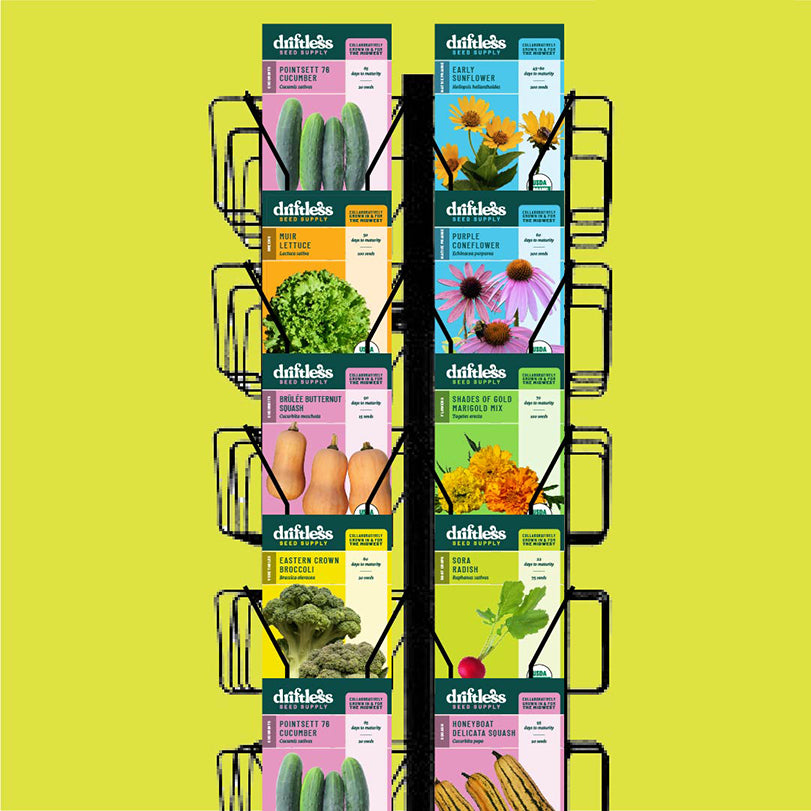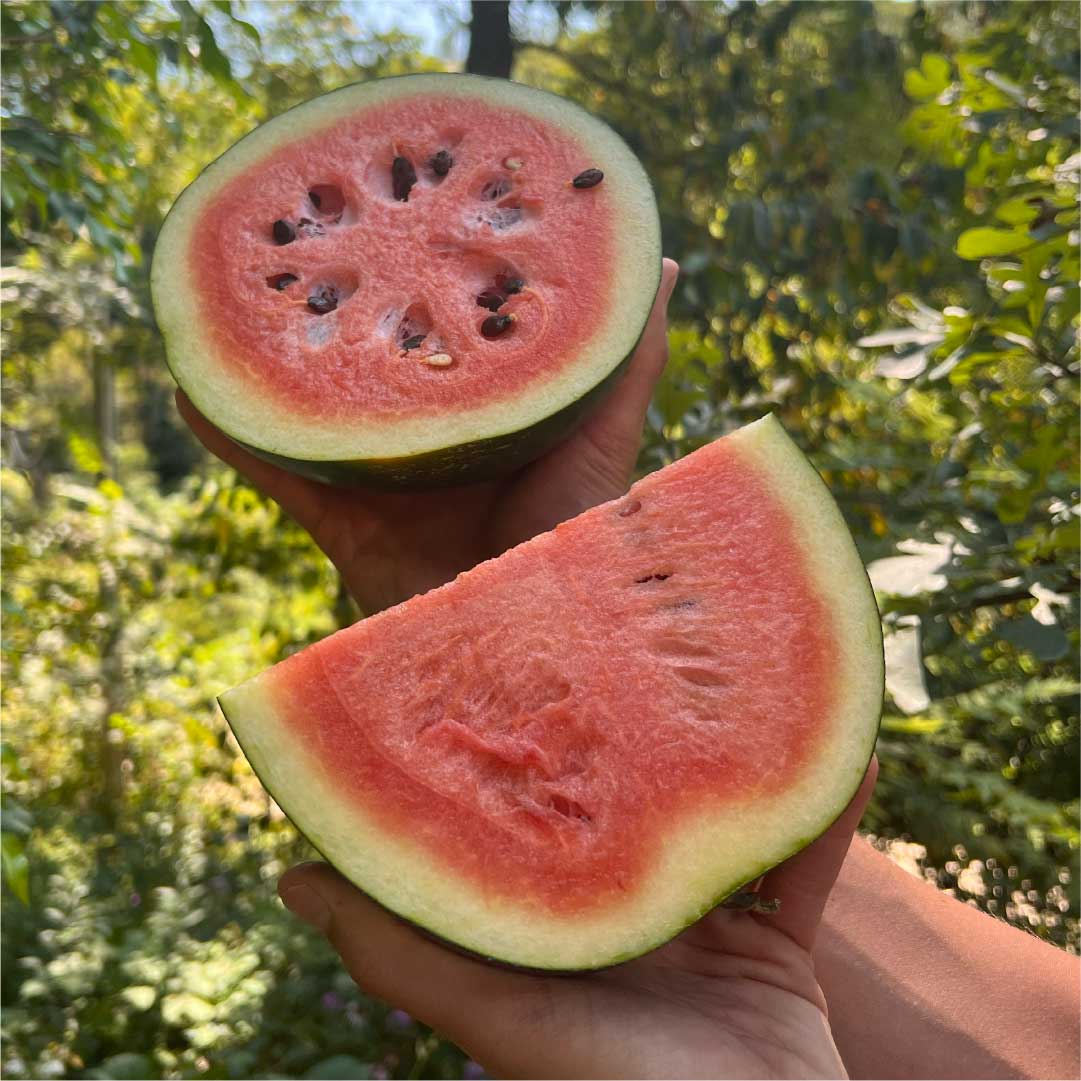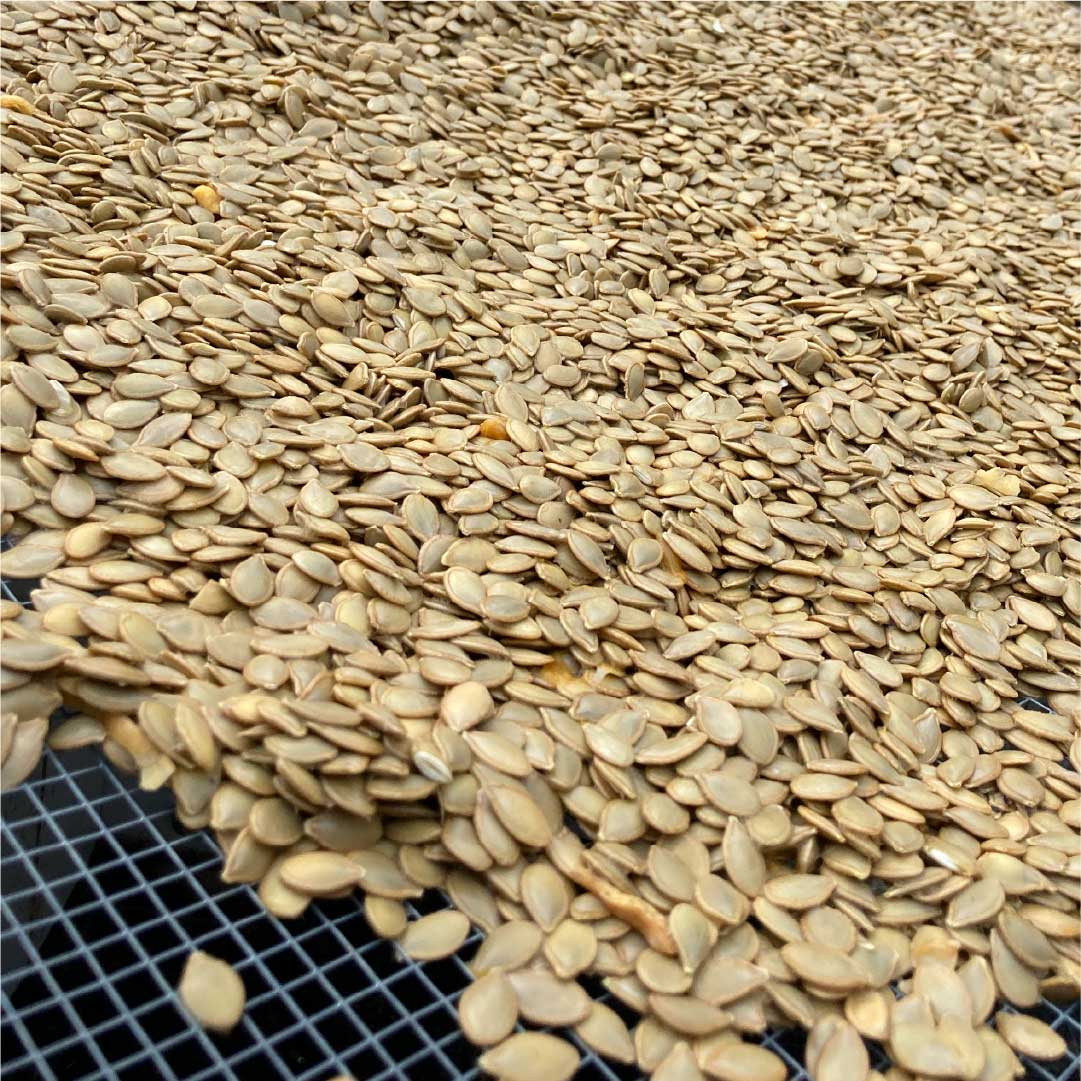
Seed Germination Troubleshooting
Why aren’t my seeds germinating?
1. Seed Quality:
- Viability: Use seeds that are fresh and known to have a high germination rate.
- Purity: Ensure seeds are clean and free from debris or contaminants.
2. Moisture:
- Consistent Watering: Maintain an even moisture level to facilitate seed imbibition.
- Avoid Overwatering: Ensure adequate drainage to prevent waterlogging and root rot.
3. Temperature:
- Optimal Temperature: Different seeds have specific temperature requirements for germination. Some seeds, such as lettuce, will go dormant if exposed to too much heat (keep them below 80F). Other seeds, such as some native prairie varieties, are already dormant and have specific vernalization (cold/wet exposure) before they can break dormancy and germinate.
- Heat Mats: Consider using seedling heat mats for crops that require warmer soil temperatures, especially tomatoes and peppers.
4. Growing Medium:
- Nutrient Balance: Utilize a nutrient-rich, well-draining growing medium such as our potting mix.
- pH Levels: Ensure the soil pH is appropriate for the specific seeds being germinated.
5. Light:
- Adequate Light: Some seeds require light for germination, while others need darkness. Too little light will cause seedlings to stretch and become weak.
- Light Quality: Ensure the light source provides the necessary spectrum for seedling growth.
6. Planting Depth:
- Appropriate Depth: Adhere to the recommended planting depth for each seed type.
- Adequate Space: Ensure seeds are spaced properly to avoid overcrowding during germination, which will cause stretching and make the seedlings weaker.
7. Oxygen:
- Aerated Soil: Ensure the growing medium is loose and well-aerated to allow oxygen to reach the seeds.
- Avoid Compaction: Prevent soil compaction to ensure roots can expand and access air.
8. Pest and Disease Management:
- Protect Seedlings: Take preventive measures to protect emerging seedlings from pests and diseases. Consider using biologics that promote the plant immune system or compete directly against diseases and pests.
- Use Disease-Free Soil: Ensure that the growing medium is sterile or free from disease-causing organisms.
9. Proper Handling:
- Gentle Handling: Be delicate with seeds and emerging seedlings to prevent damage.
- Timely Transplant: If starting seeds indoors, ensure timely and careful transplantation to avoid shock. Don’t forget to harden
10. Environmental Conditions:
- Adaptability: Choose seed varieties that are suited to the local climate and conditions.
- Protection: Provide protection from harsh environmental factors like wind, heavy rain, or frost.
11. Labeling and Documentation:
- Labeling: Clearly label seeds and seedlings to avoid confusion as they grow.
- Documentation: Keep records of planting dates, varieties, and observed germination rates.
12. Legal and Ethical Considerations:
- Legal Compliance: Adhere to local laws and regulations regarding seed handling and cultivation.
- Ethical Sourcing: Ensure seeds are sourced ethically and sustainably.
Final Thoughts:
Successful seed germination is the foundation for a productive growing season. Addressing the aspects above with diligence and attention to detail will significantly enhance the likelihood of establishing healthy, vigorous plants, thereby supporting the overall success of your gardening or farming endeavors. Additionally, always consult specific seed packet instructions for any particular needs of the varieties you're growing.





